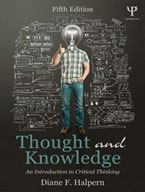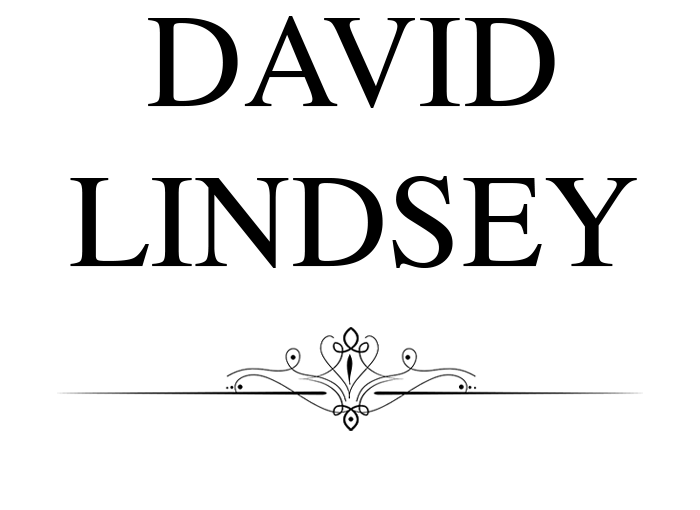Today we live in what is commonly called the “digital era” or “the information age”. New ideas fly at us unrelentingly and at greater speed than at any other time in human history. Not surprisingly, these new ideas often come to us in ways that tempt us to fire off a quick response, or reaction. And it’s not uncommon to see tragic examples of people who have been lured into doing just that: acting before thinking. It can ruin careers, and lives, creating a world of regrets. Accordingly, never before has it been more crucial that we process these new ideas with as much clarity as possible. If we’re going to maintain any self-determination about how we shape and live our lives, it’s essential that we have the desire and the skills to think critically about the ideas constantly swarming at us.
Propaganda, lies, distortions, manipulation, coercion, and deception in human messaging have never been more pervasive and insistent. (Again, largely because of the unprecedented speed of communication.) Ideas, propositions, and general information constantly bombard us from politics, commerce, social media, and entertainment. Accepting everything pushed in our faces without questioning its validity is as dangerous to our well-being as recklessly handling a firearm.
 But what is critical thinking? If you do a quick check on the Internet a Wikipedia entry will give you a single-spaced twenty-something page introduction with a lengthy bibliography. The Oxford English Dictionary will give you (for starters): “The objective analysis and evaluation of an issue in order to form a judgment.” But if you’re inquisitive enough about the subject to want to learn more, one of the best places to start is with a book written by Dr. Diane Halpern, an American educator and psychologist. Thought and Knowledge: An Introduction to Critical Thinking is in its 5th edition and has become a standard text on the subject.
But what is critical thinking? If you do a quick check on the Internet a Wikipedia entry will give you a single-spaced twenty-something page introduction with a lengthy bibliography. The Oxford English Dictionary will give you (for starters): “The objective analysis and evaluation of an issue in order to form a judgment.” But if you’re inquisitive enough about the subject to want to learn more, one of the best places to start is with a book written by Dr. Diane Halpern, an American educator and psychologist. Thought and Knowledge: An Introduction to Critical Thinking is in its 5th edition and has become a standard text on the subject.
While the subject of critical thinking can quickly become an overwhelming topic to explore, Dr. Halpern believes it has two main components: 1) understanding information at a deep, meaningful level, and 2) overcoming fallacies and biases. There are many options about how to start learning to think more critically. Each of us can improve how we do it, and the possible methodologies we employ can vary on a continuum from philosophy to common sense. There’s a path for all of us.
Critical thinking can be taught at any grade level, as long as it’s taught in a way that is developmentally appropriate. It can be learned at any point in life. But it does have some key prerequisites: the awareness that issues we encounter need to be thought through more clearly; the desire to seek the truth and the willingness to suspend biases; open-mindedness; the willingness to suspend judgment; and trust in reason.
Most things of great value in life don’t come to us easily. They require some effort. Often a lot of effort. But the rewards for doing so can be incalculable.

